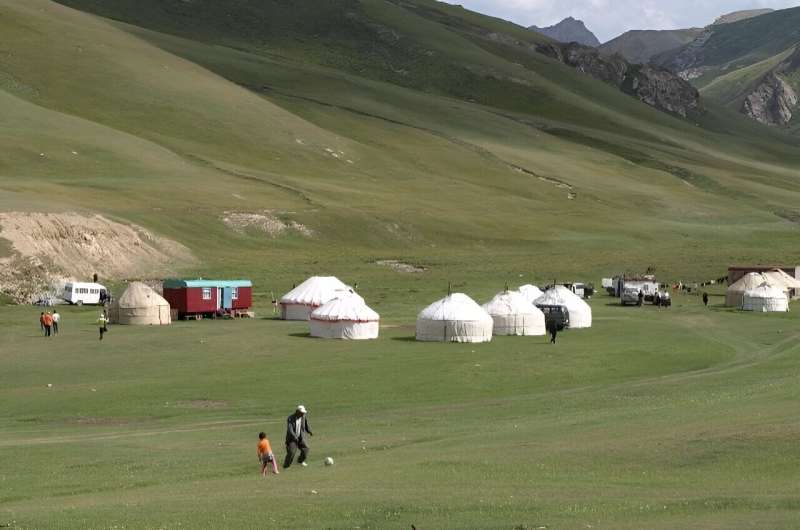This article has been reviewed according to Science X's editorial process and policies. Editors have highlighted the following attributes while ensuring the content's credibility:
fact-checked
peer-reviewed publication
trusted source
proofread
Social change may explain decline in genetic diversity of the Y chromosome at the end of the Neolithic period

The emergence in the Neolithic of patrilineal social systems, in which children are affiliated with their father's lineage, may explain a spectacular decline in the genetic diversity of the Y chromosome observed worldwide between 3,000 and 5,000 years ago.
In a study published today in Nature Communications, a team of scientists from the CNRS, MNHN and Université Paris Cité suggest that these patrilineal organizations had a greater impact on the Y chromosome than mortality during conflict.
This conclusion was reached after analyzing 20 years of anthropological field data—from contemporary non-warlike patrilineal groups, particularly from the scientists' own fieldwork carried out in Asia—and modeling various socio-demographic scenarios.
The team compared warrior and non-warrior scenarios and showed that two processes play a major role in genetic diversity: The splitting of clans into several sub-clans and differences in social status that lead to the expansion of certain lineages to the detriment of others.
This study calls into question the previously proposed theory that violent clashes, supposedly due to competition between different clans, in which many men died, were at the origin of the loss of genetic diversity of the Y chromosome. The results of this study also provide new hypotheses on human social organization in the Neolithic and Bronze Age.
More information: Léa Guyon et al, Patrilineal segmentary systems provide a peaceful explanation for the post-Neolithic Y-chromosome bottleneck, Nature Communications (2024). DOI: 10.1038/s41467-024-47618-5
Journal information: Nature Communications
Provided by CNRS




















